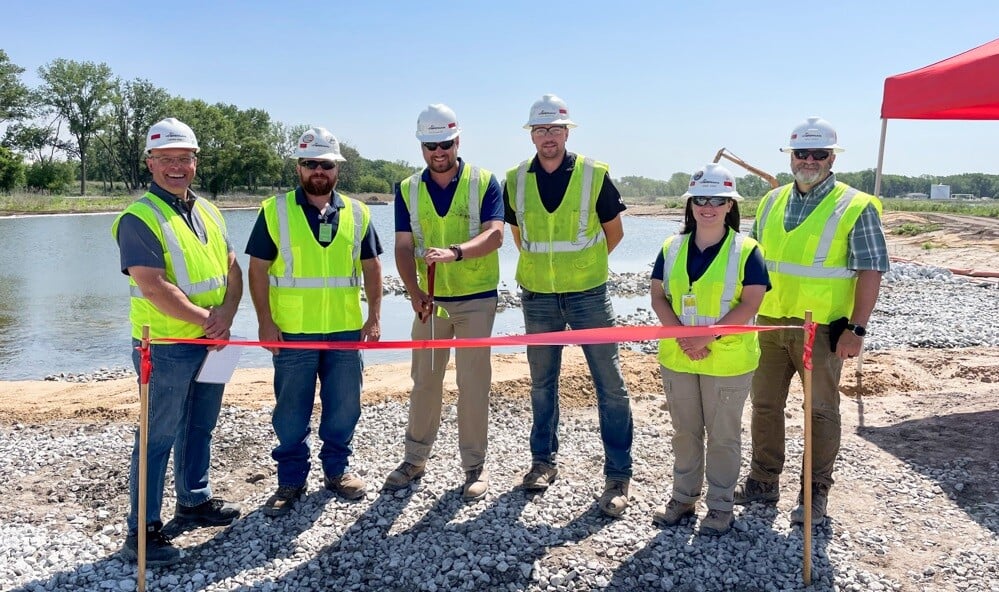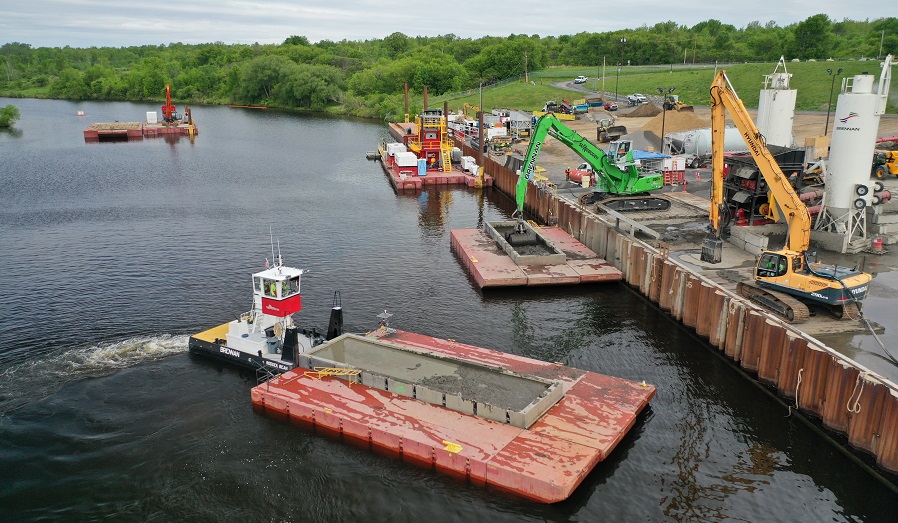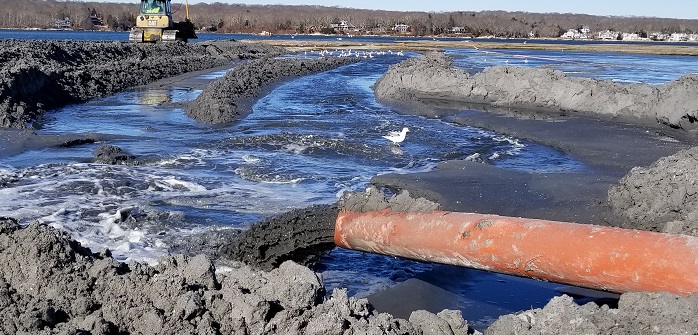Brennan embarked on a vital restoration project for the middle section of the Lake George Canal. The primary goal was to protect aquatic organisms by separating them from contaminated sediment through a multi-layer sediment cap.
Initial Site Challenges
Hydrographic surveys revealed areas of varying slope and stability as the first layer of cap material was placed over the canal bottom. These issues were attributed to soft underlying sediment within the canal footprint. The success of this project hinged on effective collaboration between Brennan and the U.S. Army Corps of Engineers (USACE) to address these types of challenges.




